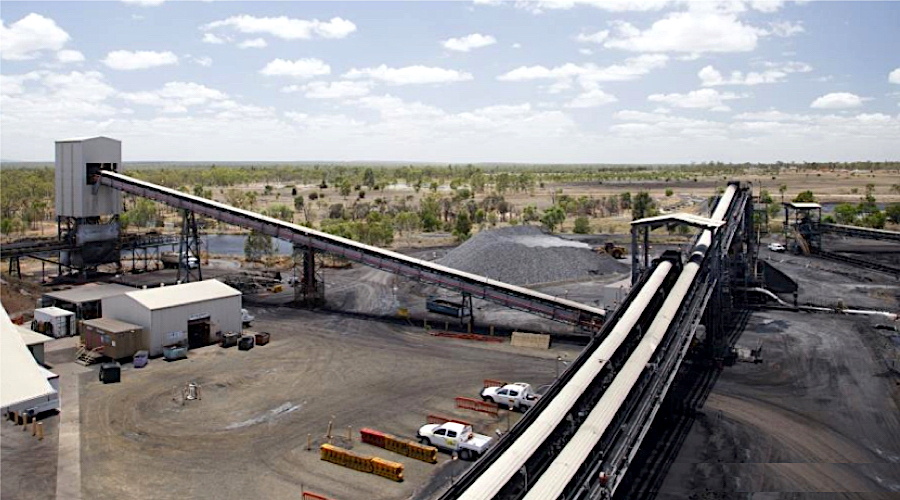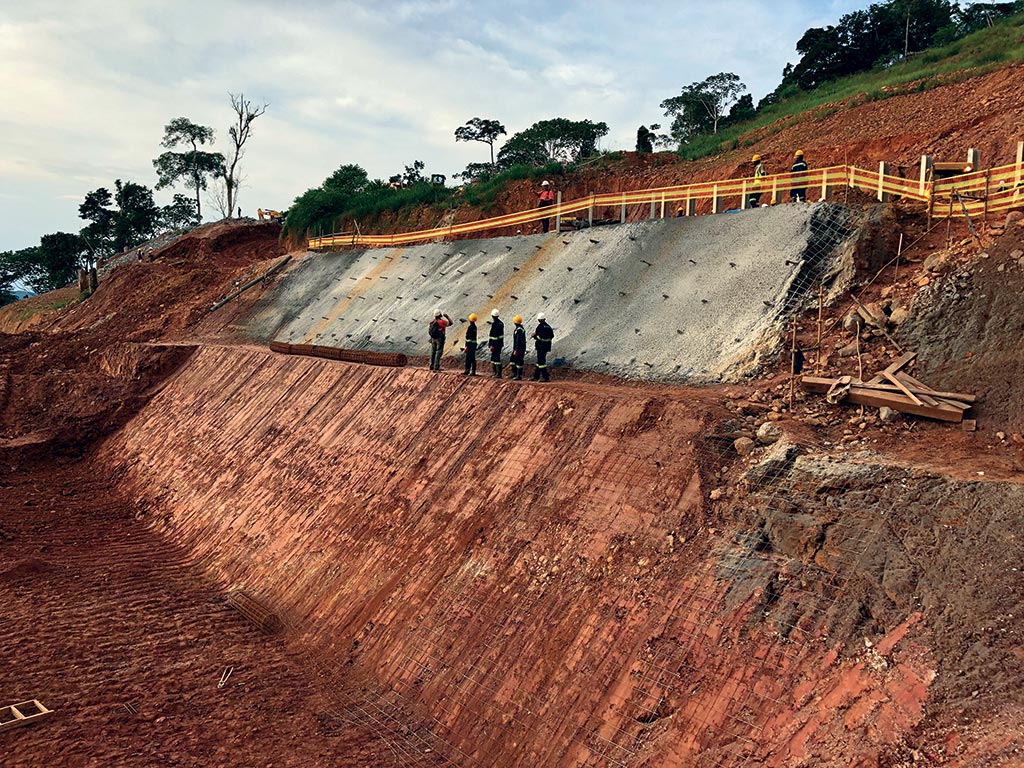Vale to mothball century-old Ontario nickel mine

Living past 100 is no mean feat for any mine, but for the Stobie operation in Sudbury, Ontario, the end finally came on Friday.
The nickel mine in Sudbury began as an open-pit mine in 1890, then started underground mining in 1914. Producing 375 million tonnes of copper and nickel ore over its lifetime, Stobie and neighbouring Frood mine have been the most productive mines in the prolific Sudbury Basin.
“The low grades at Stobie are no longer economical to mine in today’s challenging price environment”: Stuart Harshaw, Vale’s vice-president of Ontario operations
Vale (NYSE:VALE) said a combination of factors led to the closure decision, including metals prices, unprofitable low-quality ore, and recent seismic activity that prevented workers from mining below the 3,000-foot level. About 230 jobs could be affected.
“This is a necessary decision but a sad one,” Stuart Harshaw, Vale’s vice-president of Ontario operations, said in a statement. “Stobie has a rich history and has been integral to our success for more than a century. However, after more than 100 years of operation, the mine is approaching the end of its natural life. The low grades at Stobie are no longer economical to mine in today’s challenging price environment.”
However union officials are hoping that some positions could be saved, through mine employees replacing current contractors on site, as per the collective agreement, Northern Ontario Business reported. Some older miners could be offered pensions. Other employees could be reassigned to other Vale operations in Ontario – Coleman, Totten and Copper Cliff – or the South mine if Vale follows through on plans to re-open it.
The Stobie mine is expected to be put on care and maintenance later this year. In 2013 Brazil-based Vale received a record $1.05 million fine for an accident at Stobie that took the lives of two young men. The workers were buried by a torrent of wet mud and ore on June 8, 2011.
More News
Peabody Energy reviewing options related to deal with Anglo American
Last year, Anglo American agreed to sell some of its Australian steelmaking coal mines to Peabody for $3.78 billion in cash.
April 08, 2025 | 03:29 pm
Trump signs executive order to help revive dying coal sector
US president also instructed the Interior Department to locate coal deposits on federal lands, remove barriers to mining, and fast-track leasing processes.
April 08, 2025 | 02:32 pm
US envoy sees Alphamin reopening Congo tin mine as rebels depart
Alphamin halted mining last month at its Bisie mine to protect its employees as M23 rebels neared the site.
April 08, 2025 | 01:51 pm
{{ commodity.name }}
{{ post.title }}
{{ post.excerpt }}
{{ post.date }}




2 Comments
Wiesław Jura
no comments
Right choice
There u go vale is high grading Sudbury ore ! Funny they can’t make money with stobie but I bet some other company can ! We have the wrong people running this operation and we have Management running equipment and plants down into the ground ! No proper maintenance and then to late to much money to repair!